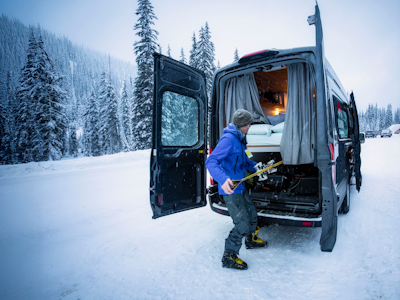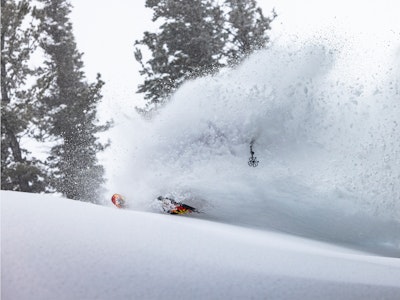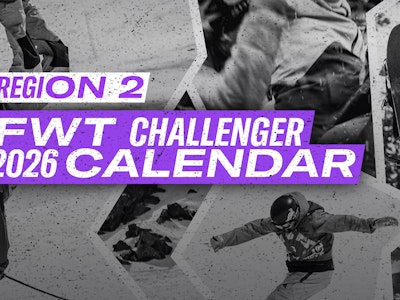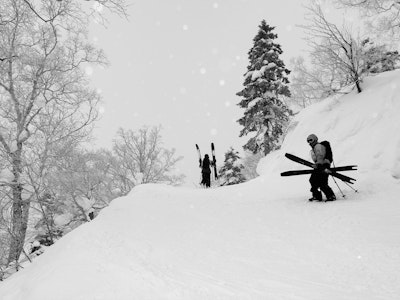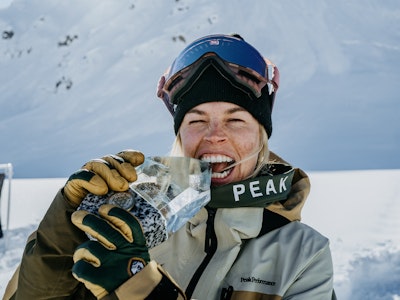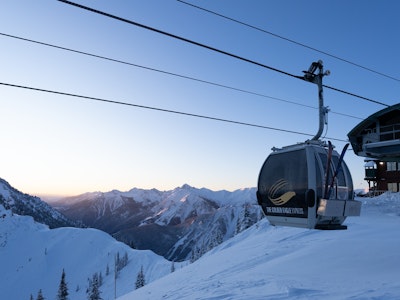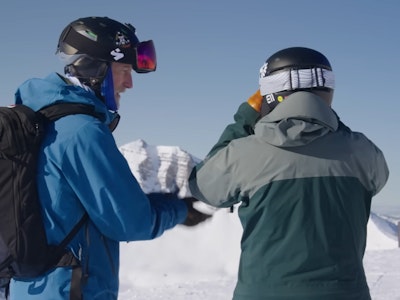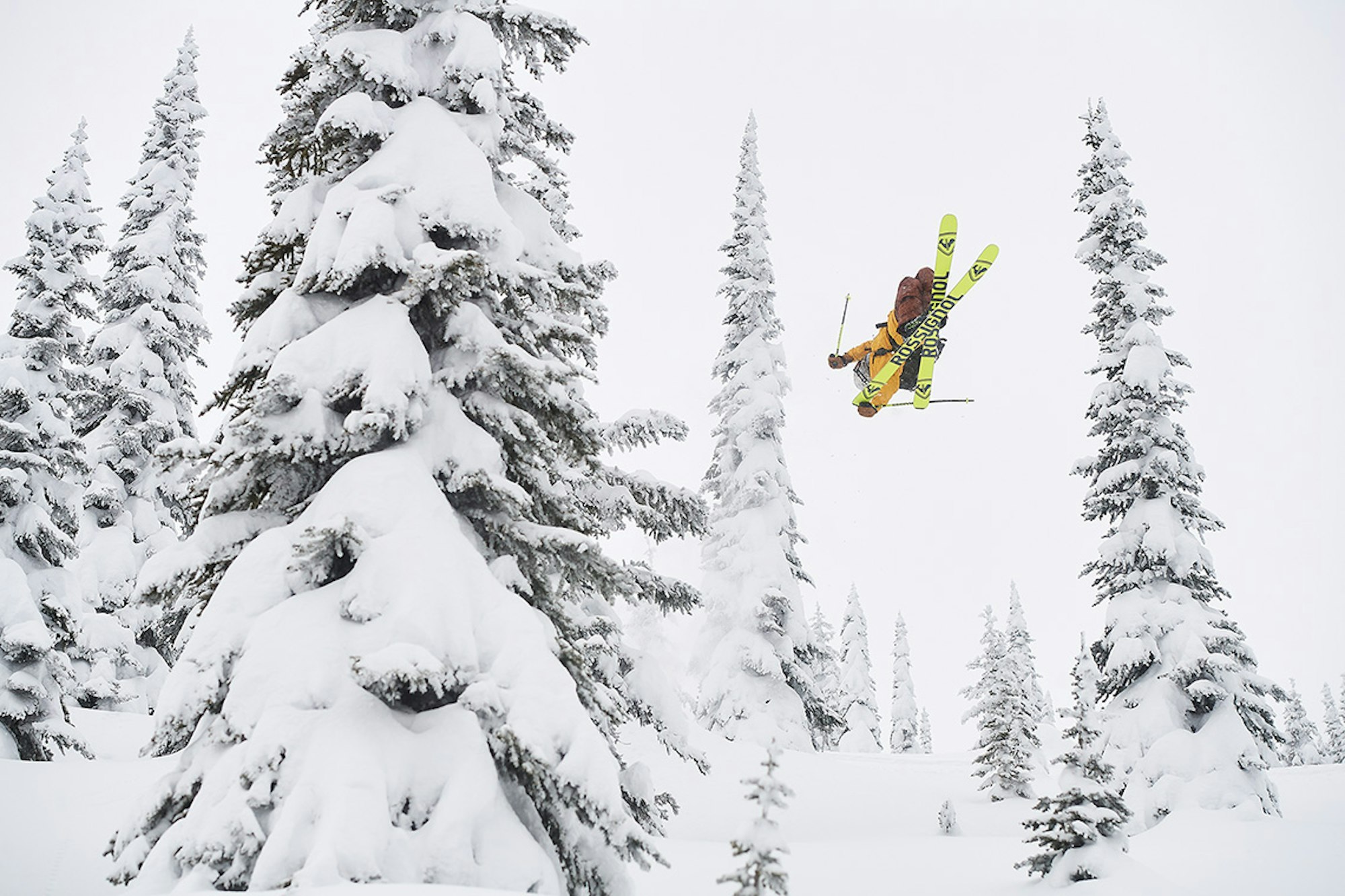



INTERVIEW • Donny O’Neill | PHOTOS • Blake Jorgenson
When skiers hear “Rossignol,” the image of a semi-transparent, yellow honeycomb ski tip likely comes to mind. That’s understandable, as the brand’s Soul 7, the plank that sports this distinguishable tip, has been one of the best-selling skis since its release in 2013, and has over-populated ski slopes from California to Vermont. Since then, the brand has been working covertly to develop its newest weapon, BlackOps, a ski line that may shift the way consumers view Rossignol after many years of “yellow tip fatigue.” Rossignol released the BlackOps 98 and 118 last season, but kept hush on specific product specs and didn’t engage in a widespread release. For 2021, however, a 14-ski BlackOps line (both men’s and women’s skis) that runs the gamut in terms of intended use will replace the 7 Series as Rossignol’s flagship all-mountain freeride offering. To pull back the curtain on the process that’s led Rossignol to the brink of a new chapter, we caught up with Nick Castagnoli, the company’s brand marketing director.
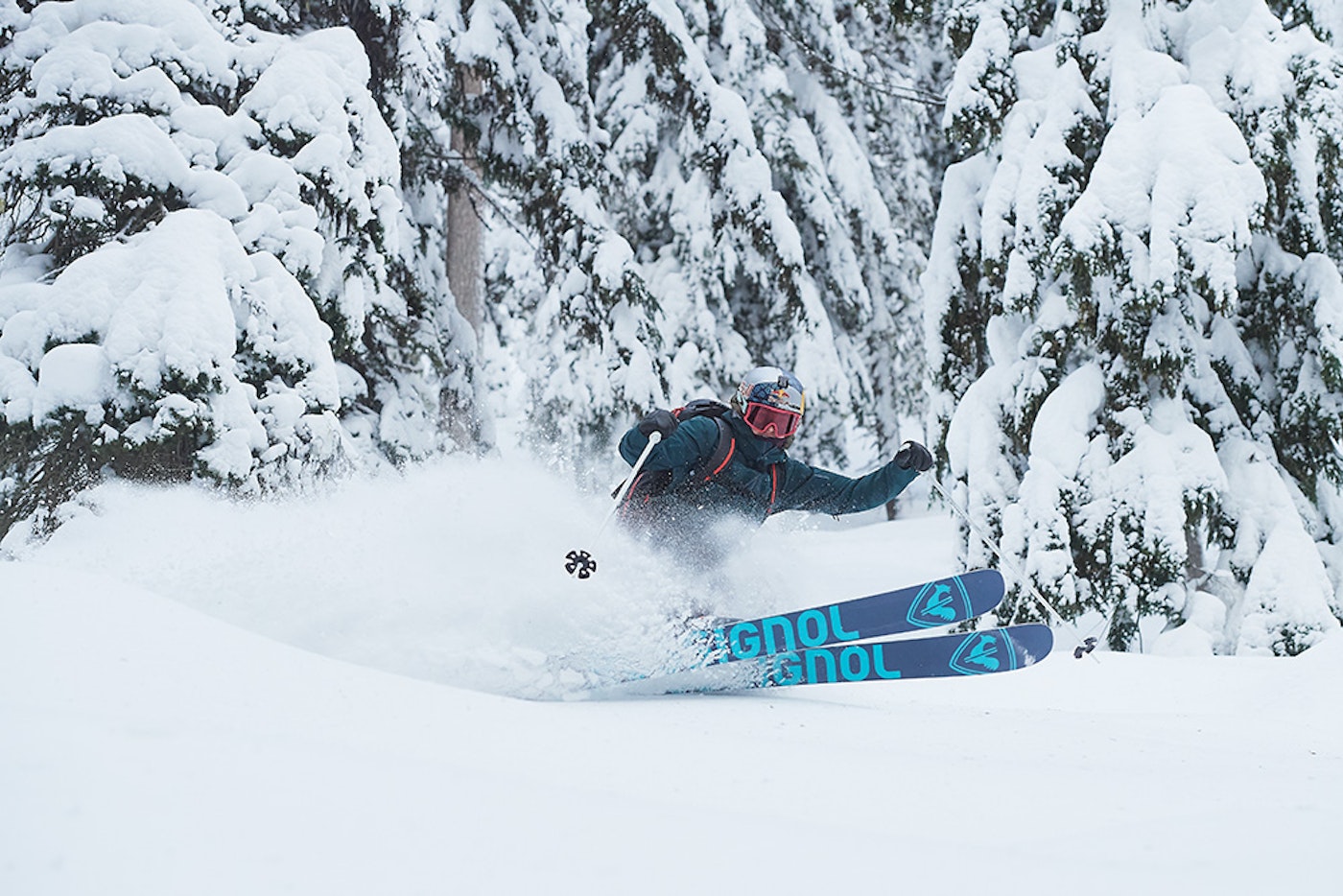
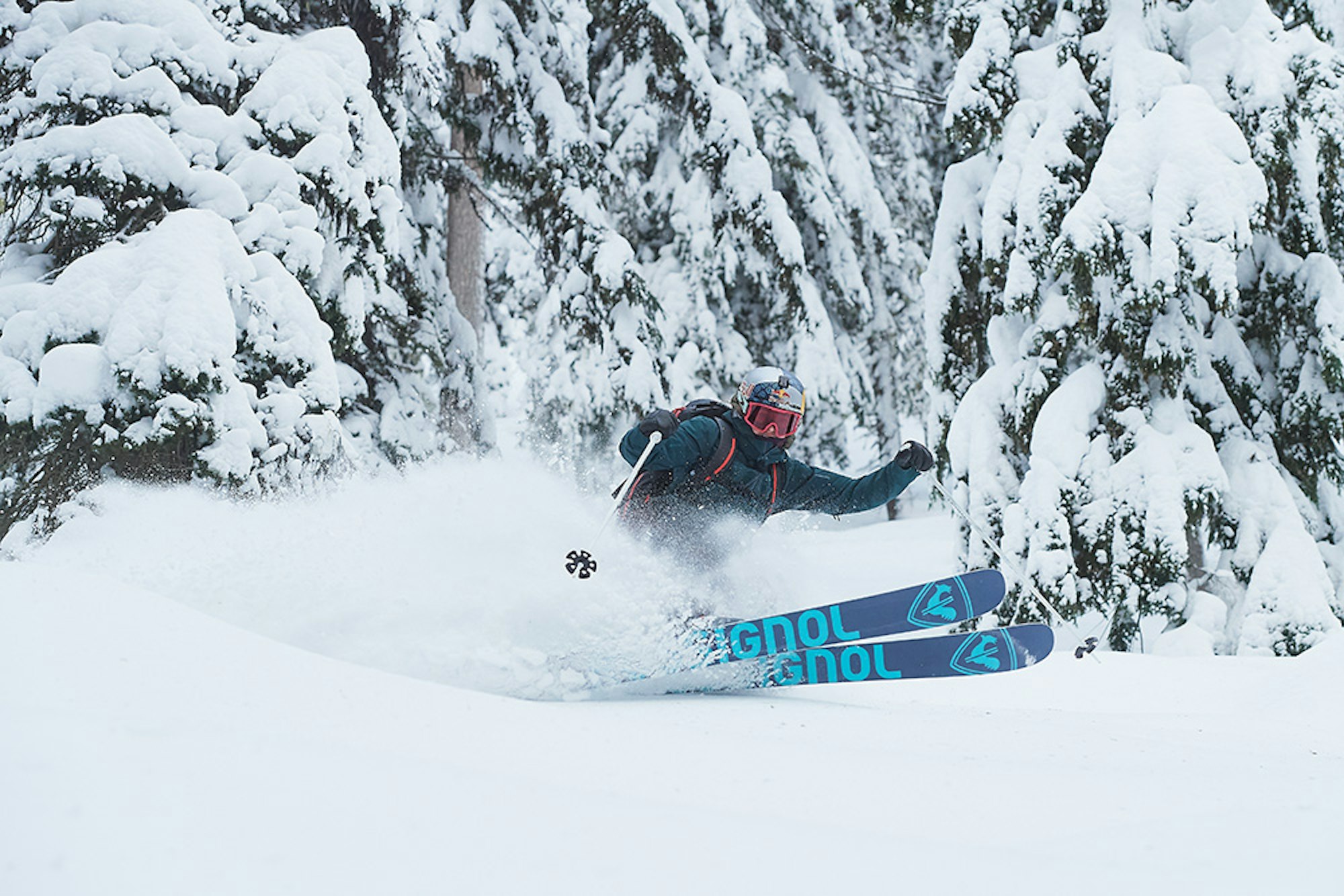
Tatum Monod at Valhalla Powdercats, British Columbia.
Take me through the development process for the BlackOps series. It sounds like the project was in the works behind the scenes for a long time.
At the outset, BlackOps was really a skunkworks project. We’d launched the Soul 7 with our full 7 Series collection a few years prior and the reception and sales of those skis was still very strong. But behind the scenes, it was becoming clear to us that something was missing. We’d moved away from developing progressive twin-tip shapes like the Sickle—which was an amazing ski with a strong, almost cult-like following—in favor of the real commercial drivers. This left some of our athletes, like Chris Logan and Parker White, who skied solely on the Sickle and Slat, in a tough spot—we just didn’t have the right product for them anymore.
Those two guys were involved straight away, and we just asked them what their ideal ski would be, based on what they were trying to achieve at that time. They basically wanted a bigger, beefier version of the Sickle; something slashy, playful, built for stomping big hits and capable of blasting through anything you could throw at it. After a few rounds and different layups, the BlackOps 118, as we know it now, was born.
How was BlackOps received in its first year?
The 2019-20 season is the first that we’ve made BlackOps products widely available in shops, online and a part of our commercial offer. Until this season, it’s been in hiding. We’d built them for our most progressive athletes, not John Q Public. Frankly, the market for 110-millimeter-plus underfoot skis today is not what it was seven years ago. But there was certainly curiosity and demand amongst the core ski community—the guys and gals that are out on the hill charging seven days a week. We built a few extra and made limited quantities available. But you had to be pretty savvy to find a pair.
Then we developed the BlackOps 98, which, just based on its dimensions, is a much more commercially viable product, and our approach shifted.
Why the secrecy with the specs?
Before we even had the final BlackOps 118, the number of phone calls and emails we fielded from people looking for information or a pair of skis to purchase was significant. People had seen Chris and Parker on social media and in The Big Picture on prototypes of a ski they couldn’t find anywhere. People were intrigued. Everyone wants what they can’t have. We just shrugged our shoulders and said, “It doesn’t exist” or “I don’t know what you’re talking about.” Honestly, at the outset it was just fun to do something different, mess with people a bit. I also think it was a bit the opposite of what people had come to expect from the brand.
But, at that time, BlackOps wasn’t our commercial focus. We were still full gas on the 7 Series. So that gave us some freedom to play and get creative. But some people want to know every minute detail in order to make a purchasing decision. Which is fair. But we weren’t really trying to sell large units of the skis at that time, that’s not what BlackOps was about. It’s 118 millimeters underfoot. Parker, “Dahrk” and Tatum were all slaying on it. What more do you really need to know? Step on it and go give ’er hell. If you need to know what the turn radius or core construction is, you’re in the wrong place.
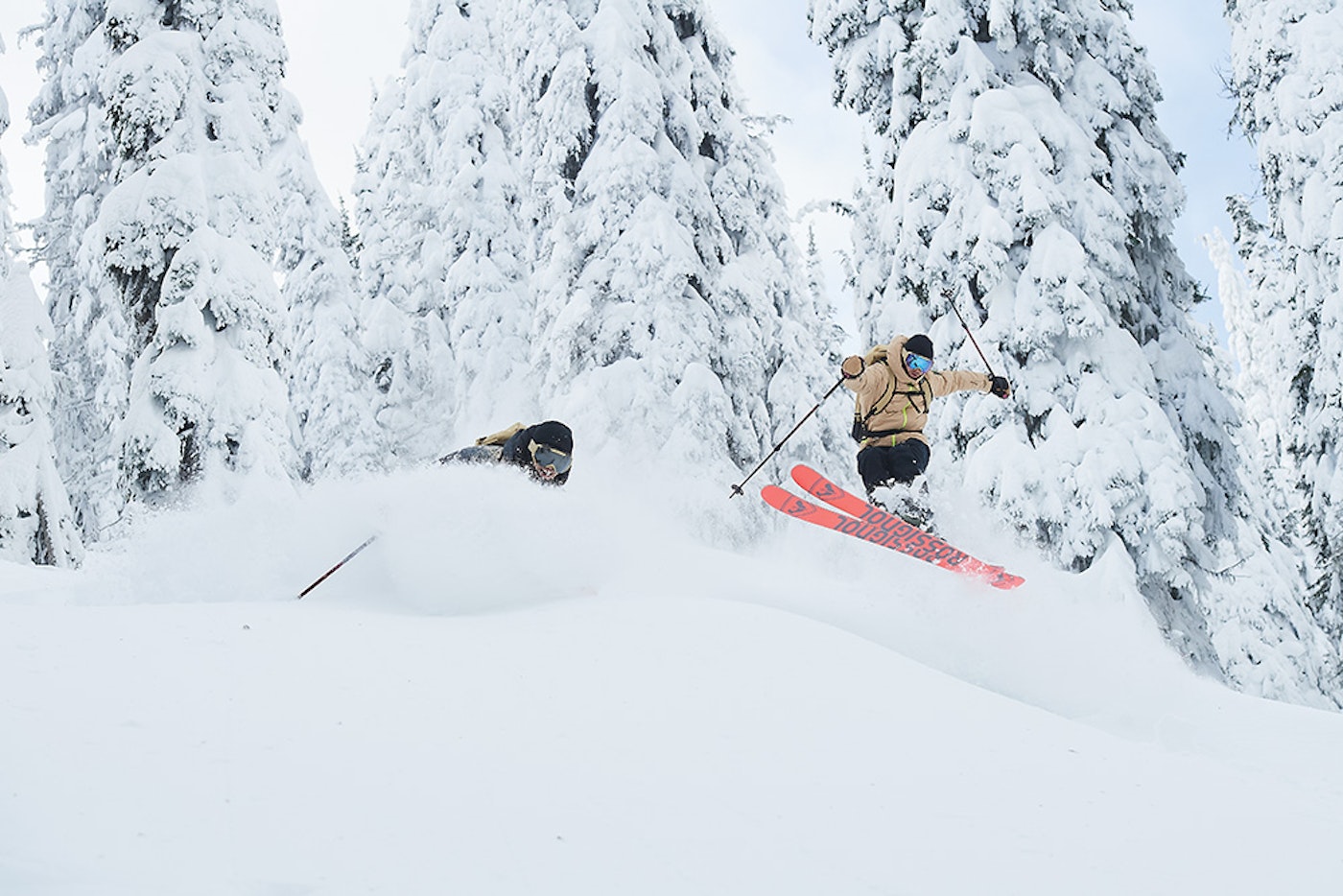
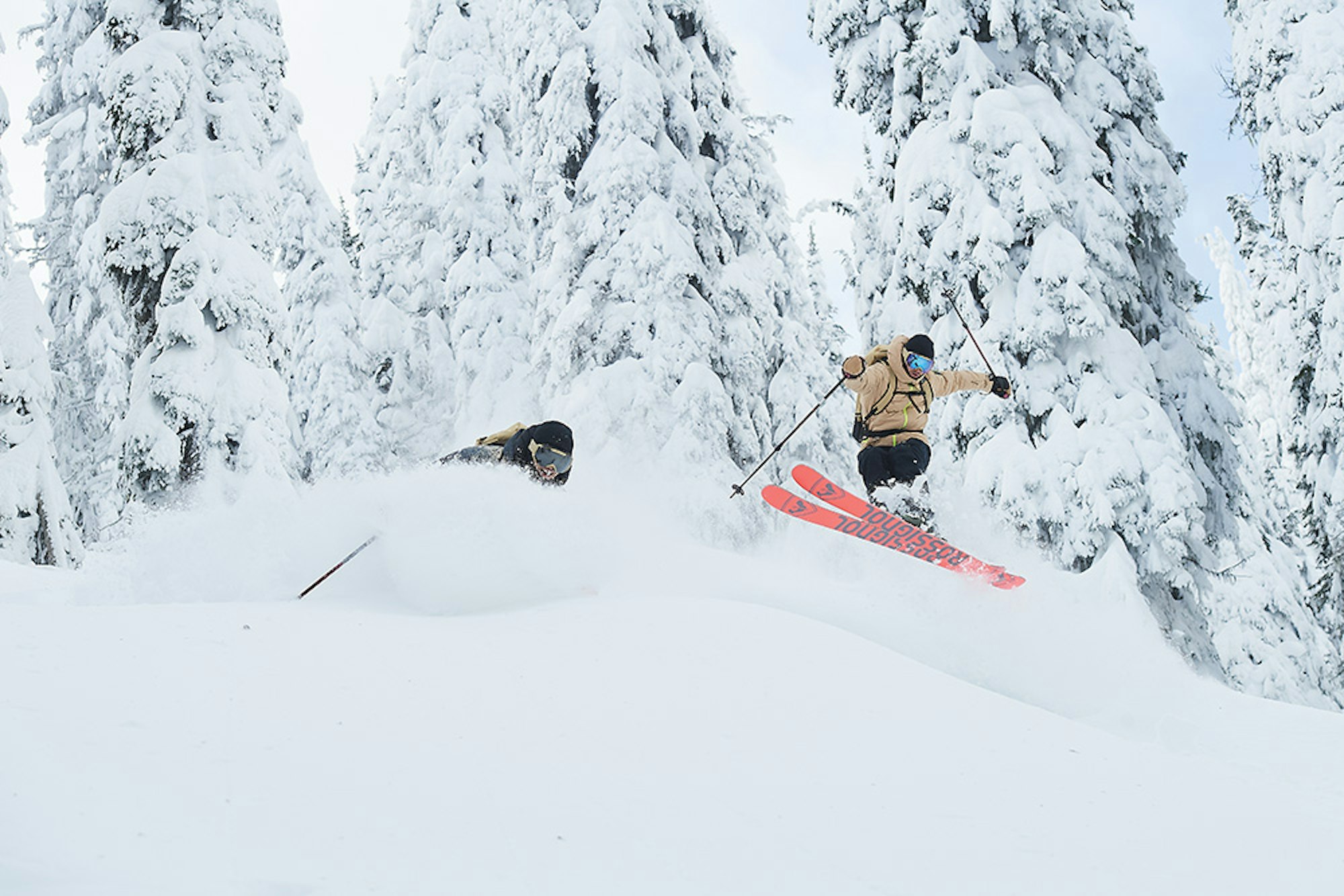
Jacob Wester and Berni Braun testing the BlackOps in British Columbia.
What new innovations went into the 2021 BlackOps line?
We’ve integrated 2LCT, which improves control without added weight, Damp Tech, high-density visco material that absorbs vibrations and special Diago carbon fiber into the collection to varying degrees depending on the model, but we’ve also been hyper-focused on building products in a more eco-conscious and sustainable manner. To this end, we’ve built the entire BlackOps range using FSC® and PEFC™ certified wood cores. We’ve also incorporated 15-percent recycled materials into the topsheets, 30 percent in the bases and the edges are 100-percent recycled steel. At the brand level, we are looking at everything we do today through the lens of sustainability and reducing our impact on the environment.
Who is the new BlackOps line ideally created for?
Well, you’re spot on. BlackOps has grown into a fully realized, all-encompassing freeride collection. Within the line there are three segments: Progressive, Freeride/Freetour and All-Terrain. Within those segments there are multiple models to address the needs of any modern freeride skier: progressive twins; directional fall-line-seeking missiles; lightweight freetouring skis; all-terrain gunners—there really is a ski for any skier. And each has its own distinct shape, personality and on-snow behavior.
Parker White and Chris Logan had a heavy hand in the development in BlackOps. How do you morph the tinkering of two rowdy pros into a consumer-friendly product?
Just like the skiing masses, all of our athletes approach the mountain in their own unique way. We want to develop product at the tip of the spear and validate our products at the highest levels of performance. We travel around the world, test across various terrain and conditions, putting prototypes under the feet of athletes, the product development team and other key stakeholders. Once we find the right balance, we adjust accordingly based on our target consumer.
As a whole, where this new collection really differentiates itself from the previous 7 Series is in the top-end performance that’s available. We’ve made a very conscious decision that we didn’t want to simply rehash a “new-look” Soul 7. After seven-to-eight years of feedback, we knew we wanted to give this new range a more substantial gas pedal.
Internally, we felt it was time to lob a grenade into everything, start fresh and try to follow-up the success of what has, by all accounts, been an iconic, benchmark product. The Soul 7 quite literally changed the industry’s perception of what a “freeride” ski could do. With BlackOps, we’re ready to do that again.
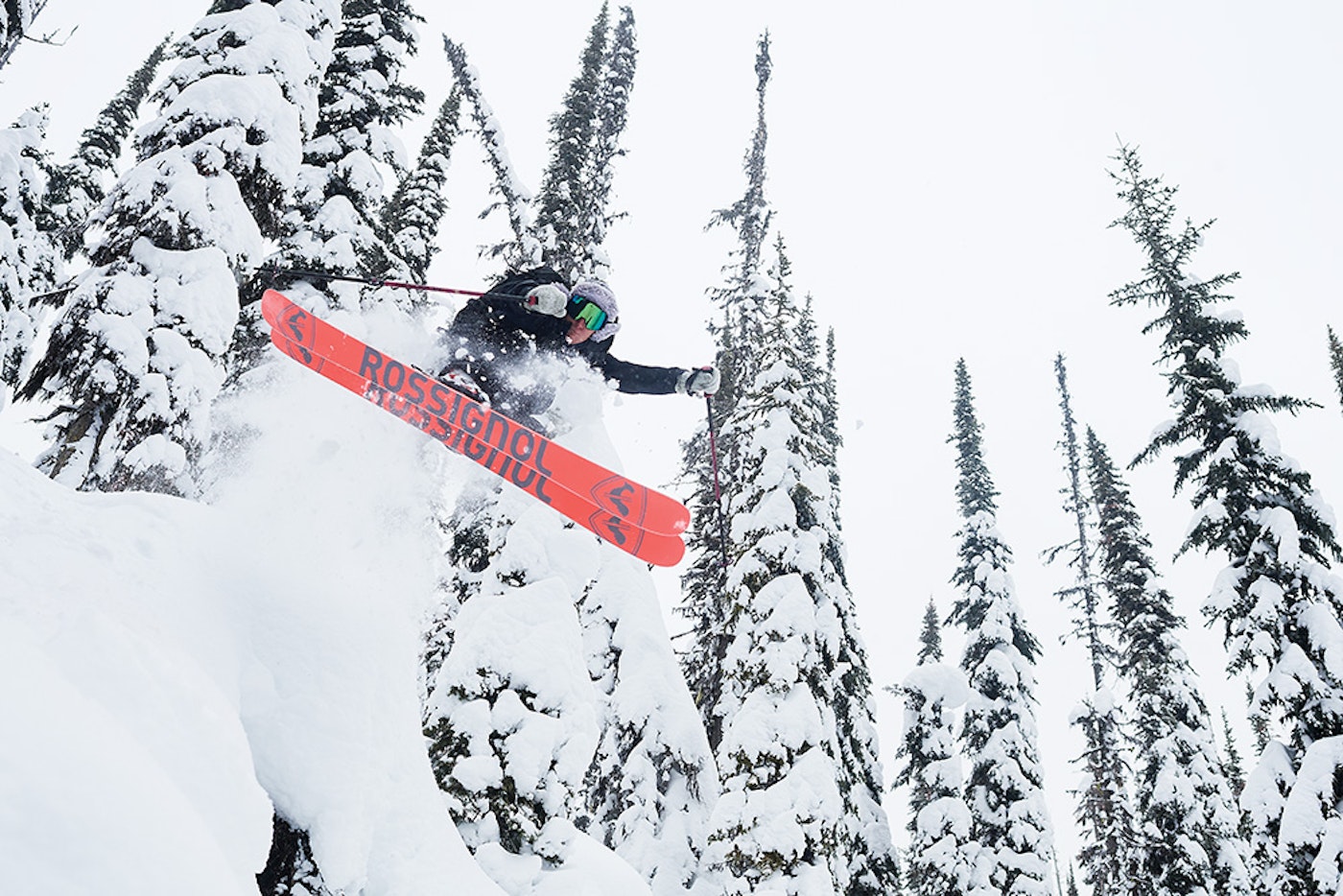
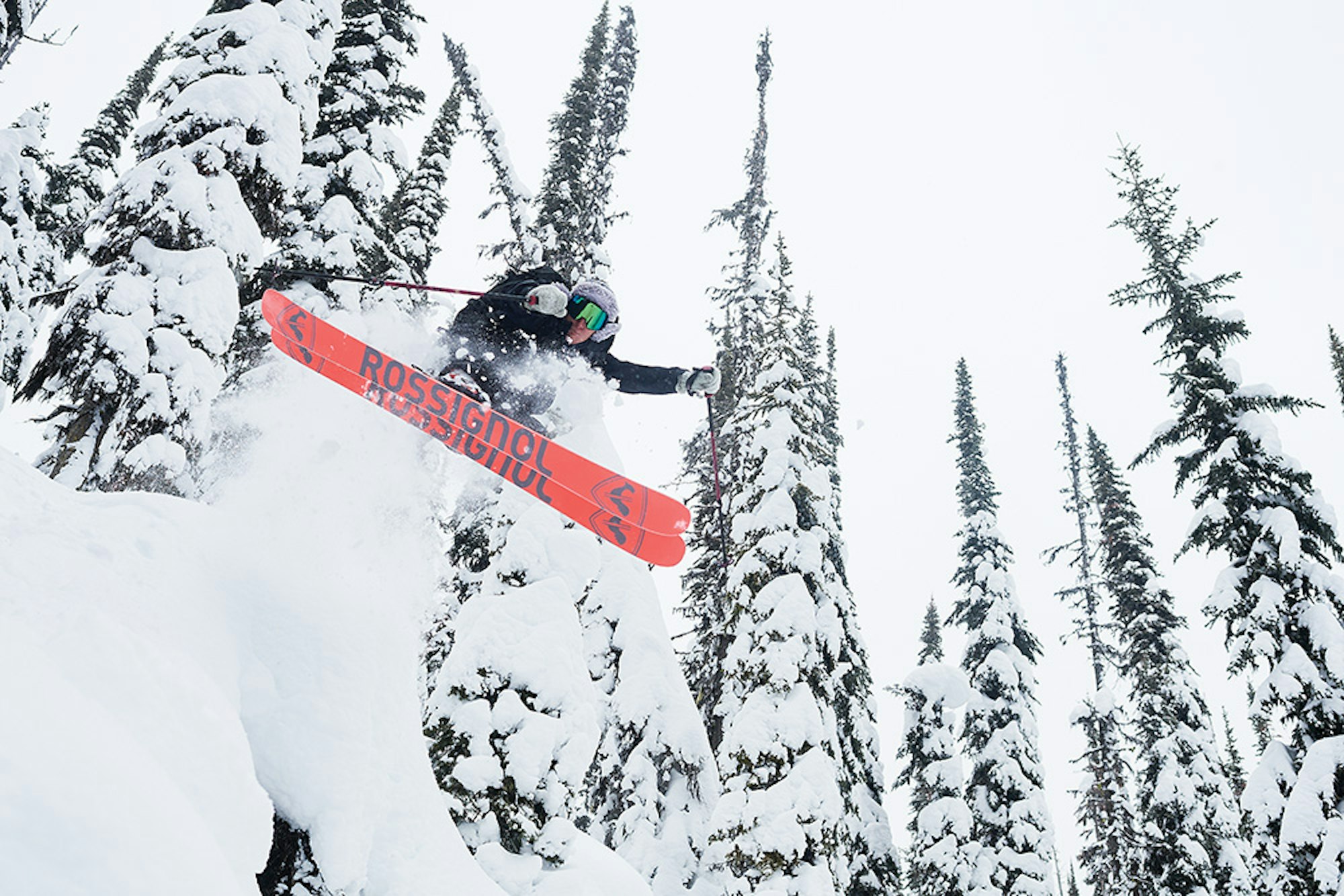
Sam Favret testing the mid-air capabilities of the BlackOps.
What is the most important thing that folks should know about BlackOps and Rossi?
That we’re not resting on our laurels over here. The pressure to replicate the success of the Soul 7 is certainly there. But in a lot of ways, what happened with Soul 7 was lightning in a bottle. We can’t let that paralyze us or impede us from innovating, pushing and taking chances. Freeride has been an anchor point for the brand since the inception of “freeride.” It’s part of our DNA. We’re going to continue to drive and lead in this category—but to do so means switching things up from time to time in order to re-energize the brand as well as consumer demand.
What message does replacing the 7 Series with BlackOps send to consumers about the brand?
That Rossignol is unafraid to take risks. And that we’re damn confident we can start fresh, reinvent and deliver a product that better supports the needs of today’s freeride market. I think it will also naturally help us shine a brighter light on our global freeride team. We’ve got such a legit crew. We just spent 10 days in interior British Columbia with the bulk of the athlete team and to see this crew doing what they do was just so much fun; getting creative, hyping each other up, the “Ride Free” spirit of this new collection was on full display.
From the 2021 FREESKIER Buyer’s Guide:
Rossignol Holyshred


Resort-focused, rippers looking for the best all-mountain skis are in for a treat here. Rossignol’s all-new HolyShred is a camber-heavy ski that offers maximum rebound with a touch of forgiveness and a hefty dose of pop. A Titanal insert underfoot and full camber shaping allow you to lay into carves while a layer of race-inspired Diago Fiber—a cross-hatched thread—adds responsiveness without adding bulk. Don’t hesitate when you want to dive into trees and bumps or ollie that roller underneath the chairlift; the extended poplar wood core, wide shovel, a touch of tip/tail rocker and 98-millimeter waist width round-out this agile, do-it-all package.
Rossignol BlackOps Sender Ti


Rossignol is redefining its presence in the freeride category with its extensive BlackOps series. Among them, the Sender Ti is a siren song for aggressive skiers. Rossignol incorporated 15-percent recycled materials into the topsheets, 30-percent in the bases and the edges are 100-percent recycled steel, a win for environmentalists. But the real catch here is the all-mountain performance derived from camber underfoot (with slight rocker in the tips/tails), “Damp Tech” inserts (that reduce chatter) and a stiff flex pattern created by a combination of Titanal underfoot and a layer of race-inspired Diago Fiber. From mid-season storm days to spring corn harvests, the Sender Ti is sturdy yet playful enough to hold up through it all.
Rossignol BlackOps Gamer


It’s time to press play. The BlackOps Gamer is the choice of big-mountain madmen Chris Logan and Parker White for its ability to surf, slash and stomp in the deep end—it’s the ultimate backcountry, powder-pillaging plank. Rossignol designed this progressive, beefy twig with symmetrical rocker for easy forward and switch skiing but didn’t skimp on downhill responsiveness. Inside, an extended poplar wood core with “Damp Tech” inserts in the tips instill a balanced, no-chatter feel while race-inspired Diago Fiber is a lightweight solution to a lively ride. ABS inserts underfoot add to the “stomp” factor but also help with on-edge performance between storms. Powder snow has met its match.
Rossignol BlackOps Rallybird Ti


The W Rallybird Ti is one of the sportiest skis in its class and one of the best women’s skis heading into winter. Part of the highly anticipated BlackOps series, this mid-waisted plank is stiff and stable with just enough pop and play to keep you entertained all day, everyday. The extended poplar wood core, Titanal insert underfoot and a layup dubbed “Carbon Alloy Matrix,” ensure responsive skiing, while notable tip/tail rocker and “Air Tip” inserts add to the ski’s playful attitude. Most importantly, the ski is mega damp, reducing potential chatter on hardpack and bumps so you can drive ‘em in the fast lane.

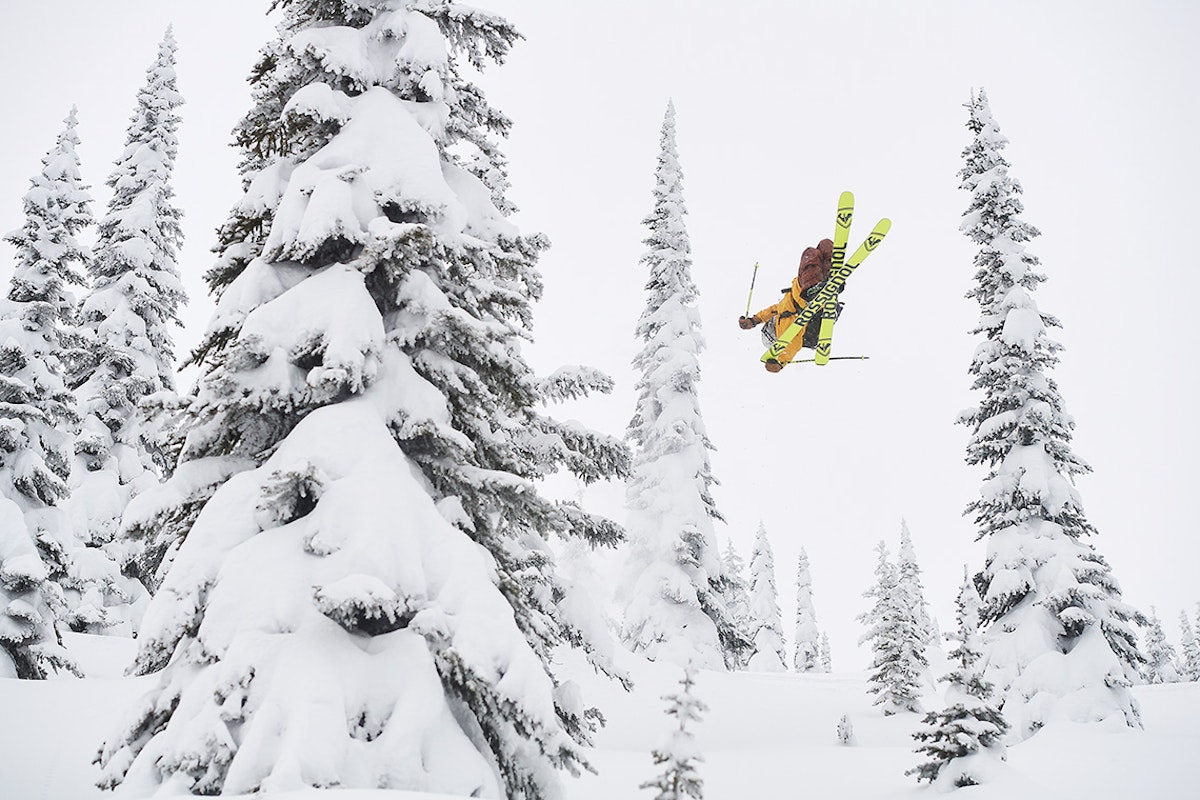

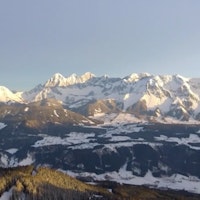
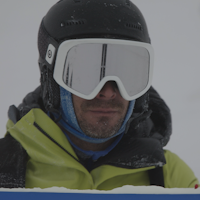
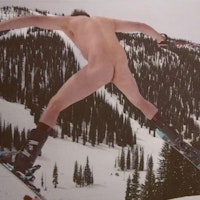
![[GIVEAWAY] Win a Legendary Ski Trip with Icelantic's Road to the Rocks](https://www.datocms-assets.com/163516/1765233064-r2r26_freeskier_leaderboard1.jpg?auto=format&w=400&h=300&fit=crop&crop=faces,entropy)
